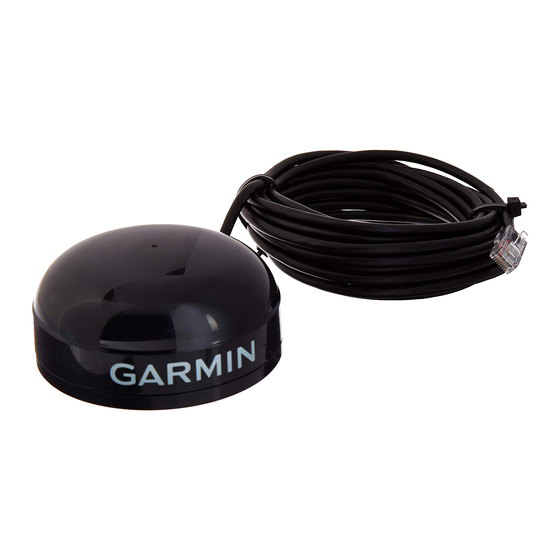4.3
Baud Rate Selection
Baud rate selection can be performed by sending the appropriate configuration sentence to the GPS sensor
as described in the $PGRMC Section
4.4
One-Pulse-Per-Second (PPS) Output
(This signal not available on the GPS 16A or GPS 17N.)
The highly accurate one-pulse-per-second (PPS) output is provided for applications requiring precise
timing measurements. The signal is generated after the initial position fix has been calculated, and the
signal continues until power down. The rising edge of the signal is synchronized to the start of each GPS
second.
Regardless of the selected baud rate, the information transmitted by the GPS sensor is referenced to the
pulse immediately preceding the NMEA 0183 RMC sentence.
The accuracy of the one-pulse-per-second output is maintained only while the GPS sensor can compute a
valid position fix. To obtain the most accurate results, the one-pulse-per-second output should be calibrated
against a local time reference to compensate for cable and internal receiver delays and the local time bias.
The default pulse width is 100 ms, however; it may be programmed in 20 ms increments between 20 ms
and 980 ms as described in $PGRMC Section
<13>.
4.5 Received RTCM Data
Position accuracy of less than 5 meters can be achieved with the GPS 16/17 series products by using
Differential GPS (DGPS) real-time pseudo-range correction data in RTCM SC-104 format, with message
types 1, 2, 3, 7, and 9. These corrections can be received by the GPS 16/17 series products on COM 2. The
RTCM data must be received at the same baud rate as the COM 1 port. For details on the SC-104 format,
refer to RTCM Paper 134-89/SC 104-68 by the Radio Technical Commission for Maritime Services.
190-00228-20
4.1.3 Sensor Configuration Information
4.1.3 Sensor Configuration Information
GPS 16/17 Technical Specifications
Page 21
(PGRMC), field <10>.
(PGRMC), field
Rev. C

